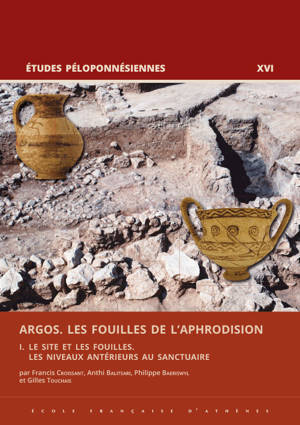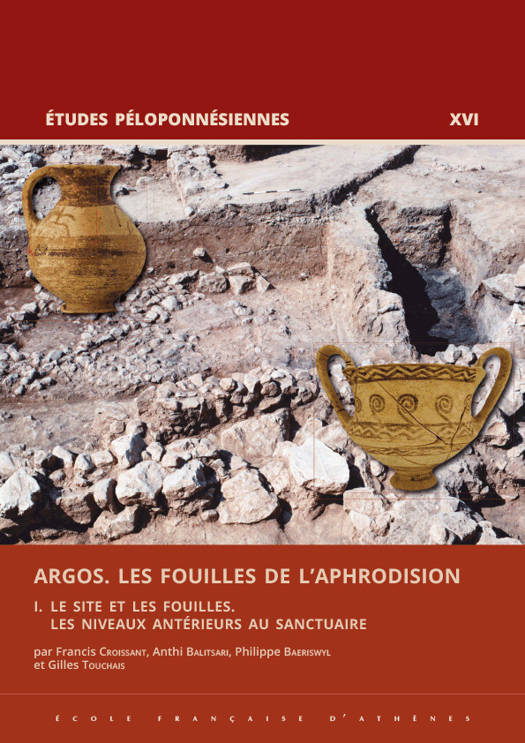
- Afhalen na 1 uur in een winkel met voorraad
- Gratis thuislevering in België vanaf € 30
- Ruim aanbod met 7 miljoen producten
- Afhalen na 1 uur in een winkel met voorraad
- Gratis thuislevering in België vanaf € 30
- Ruim aanbod met 7 miljoen producten
Zoeken
Argos. Les fouilles de l'Aphrodision
I. Le site et les fouilles. Les niveaux antérieurs au sanctuaire
F. Croissant, A. Balitsari, P. Baeriswyl, G. Touchais
€ 137,80
+ 275 punten
Omschrijving
This is the first of two volumes devoted to the results of the excavations carried out between 1967 and 1974 by Francis Croissant at the Aphrodision of Argos. In the first part, the excavator, who unfortunately passed away before the completion of the publication, presents the complete stratigraphic and architectural sequence of the site, from the early 2nd millennium BC to the modern era. The next two parts provide detailed information on the levels of occupation prior to the foundation of the sanctuary of Aphrodite, the earliest of which date from the Middle Helladic period (ca. 2100-1700 BC) and the latest from the end of the Mycenaean period (ca 1200-1100 BC). Based on all the archival documents left by the excavator, this publication is the fruit of the meticulous work of two young doctors in Aegean protohistory, supervised by a veteran of the Argos excavations, who coordinated the whole project and added the essential supplements. The book's main contribution lies, on the one hand, in the establishment of a detailed typo-chronological sequence of Middle Helladic ceramics, particularly for the early phases (HM I-II); on the other hand, in the exhaustive analysis of two architectural complexes dating from the post-Palatial Mycenaean period (HR IIIB2-IIIC), one of which may have had a cultic function. In a broader perspective, by comparing the data from the Aphrodision excavations with all the data available to date on these periods in the other sectors of Argos, the book offers an up-to-date summary of the evolution of the Argian agglomeration throughout the 2nd millennium BC.
Specificaties
Betrokkenen
- Auteur(s):
- Uitgeverij:
Inhoud
- Aantal bladzijden:
- 619
- Taal:
- Frans
- Reeks:
- Reeksnummer:
- nr. 16
Eigenschappen
- Productcode (EAN):
- 9782869586451
- Verschijningsdatum:
- 31/12/2024
- Uitvoering:
- Paperback
- Formaat:
- Trade paperback (VS)
- Afmetingen:
- 210 mm x 300 mm
- Gewicht:
- 512 g

Alleen bij Standaard Boekhandel
+ 275 punten op je klantenkaart van Standaard Boekhandel
Beoordelingen
We publiceren alleen reviews die voldoen aan de voorwaarden voor reviews. Bekijk onze voorwaarden voor reviews.








